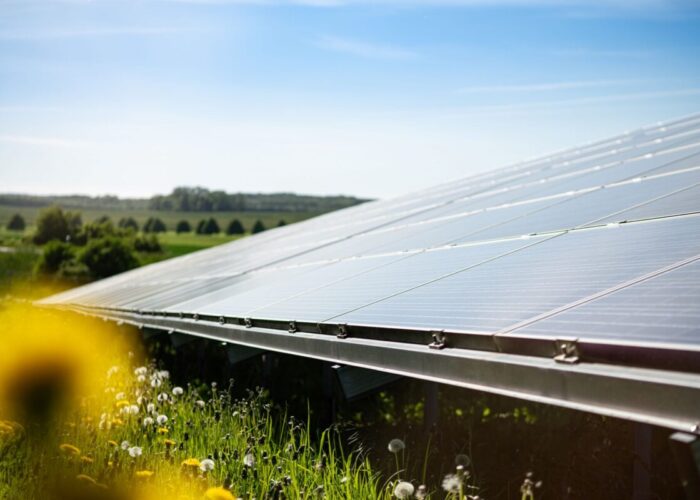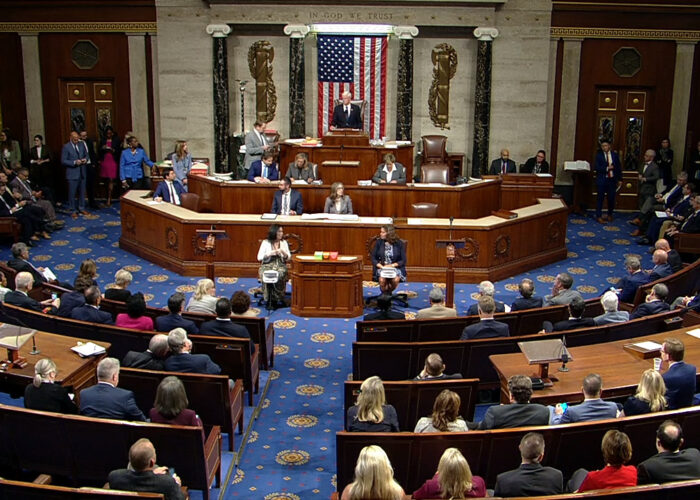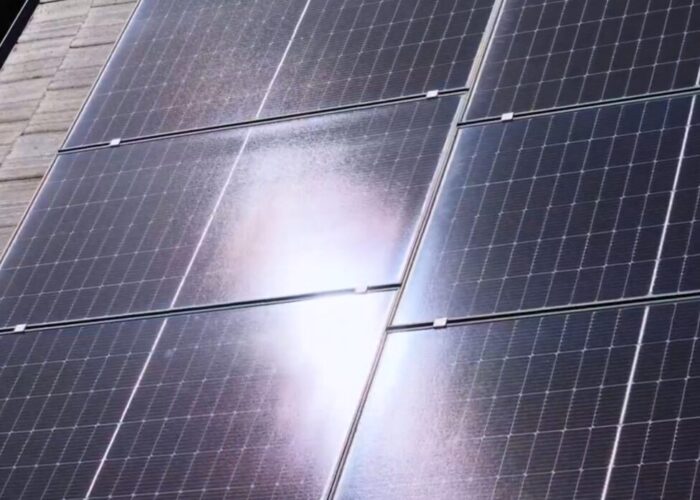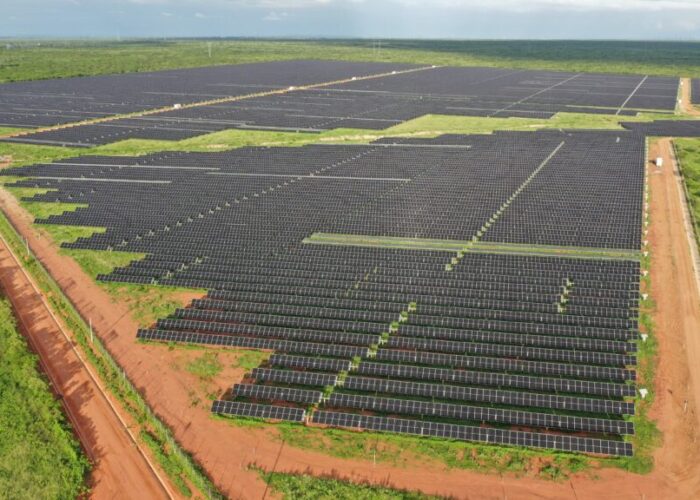The world is in the early stages of an economic transition that will amount to total system change in energy in the years ahead. An emerging retreat from fossil fuels seems set to become a rout, because of three emerging megatrends. Simply stated, the energy incumbency’s costs are generally rising, often soaring. The insurgency’s costs – that’s us and our siblings across the clean energy spectrum – are generally falling, sometimes plunging. And meanwhile, environmental action is gathering pace almost everywhere, among national governments, city governments, regulators, investors, corporations and communities alike.
Let me briefly summarise some evidence for these assertions, then move on to the solar industry’s role in this drama, and an appeal related to that. Much more evidence is available on my website and in my new serialised book.
Unlock unlimited access for 12 whole months of distinctive global analysis
Photovoltaics International is now included.
- Regular insight and analysis of the industry’s biggest developments
- In-depth interviews with the industry’s leading figures
- Unlimited digital access to the PV Tech Power journal catalogue
- Unlimited digital access to the Photovoltaics International journal catalogue
- Access to more than 1,000 technical papers
- Discounts on Solar Media’s portfolio of events, in-person and virtual
The energy incumbency’s costs are rising so fast that whole swathes of the fossil fuel industries now face the prospect of broken business models, and potential bankruptcy. They are too often operating at higher costs than they can sell their products for. Investment bank analysts talk of a coal industry in structural decline. They talk of a trillion dollars of “zombie investments” in oil and gas. Financial institutions, cities, foundations, universities, churches and doctors are among those divesting from fossil fuels by the tens of billions of dollars. The world’s biggest pension funds are among those telling the oil and gas industry not to waste more hundreds of billions in capital expenditures on costly frontiers like the Arctic and in ultradeep water, but to return cash as dividends. The Bank of England is so worried that it has launched an internal investigation into whether or not the fossil-fuel companies pose a threat to the stability of the capital markets.
Elements of the incumbency are reacting. The first major energy company has switched its business model 180 degrees in our direction. The eyes of the world will be E.ON in the months ahead. Other companies, including oil and gas companies, have top-to-bottom strategic reviews underway.
You don’t need me to tell you about the clean-energy cost-down megatrend. What is interesting, though, is how bullish financial analysts have become, so quickly. They talk of the solar PV cost-down since 2006 as a “terrordome”, a word graphically depicting the threat they see it posing to traditional energy business models. They talk of solar and storage combining with the growth of the electric vehicle market to change the face of the energy industry. Apple is among those seeming to agree. They have taken out ads featuring solar farms saying “there are some ideas we want every company to copy”. Last week we learned why: they aspire to mass produce electric vehicles as soon as 2020. Such developments are not lost on business editors, who write articles with headlines like “Global solar dominance in sight”.
As for environmental action, where do I start? The Chinese leadership has declared war on air pollution. The Chinese and Americans have cut a bilateral deal on greenhouse emissions that is re-energising the climate negotiations. I need go no further to make the case I think.
So to my point. The good news is that the solar industry is right on the front lines of this revolution in society, technically: in our performance in scaling manufacturing of our products, in their deployment, efficiency of operation and other innovations, including in financing. The bad news is that we are virtually invisible in the political and social aspects of the revolution.
As the incumbency smells the demise of its own products and models ever more clearly, so elements of it have elected to fight harder and dirtier. You don’t have to believe me, believe for example the lobbyist outed in the New York Times exhorting energy executives in fossil-fuel companies to think of themselves as being “in an endless war”, in which they face a stark choice: “to win ugly or lose pretty.”
Such people – and there are many of them – cause havoc for their paymasters in every arena that is vital to the prospects of the solar industry. And we do virtually nothing to face up to them.
We will win this war, most likely. But we could win it faster if we fought in the political and social arenas better than we do: combatting the legions of fossil-fuel lobbyists and reaching out to win hearts and minds much better than we do. And here is the critical thing. To accelerate the winning of the carbon war is to increase the chances of civilisation surviving the existential threat that is climate change.
All this is not to malign our industry’s trade bodies, which try as hard as they can. But they are under-resourced and often operating with one arm tied behind their backs, given that big energy companies are among their membership. It is the pure-play solar companies to whom I direct this appeal. We could and should be doing so much more.
What do I have in mind? Strategies and tactics, executed with integrity within the law, but not to be spelt out in public in a way that helps malign fossil-fuel interests work up a plan for combatting them. These ideas are for correspondence with individual solar industry leaders.
I am open for business.
‘The Winning of the Carbon War’ will be downloadable for free and released in a ten-part series month by month through to the last day of the Paris climate summit in December 2015. Follow the blog and download the book here www.jeremyleggett.net/latestbook. Jeremy Leggett launched his open letter to the solar industry at Solar Finance & Investment conference taking place in London today and tomorrow, organised by PV Tech’s publisher Solar Media. To watch sessions from the event in real time, sign up to our live stream.







